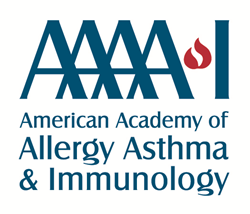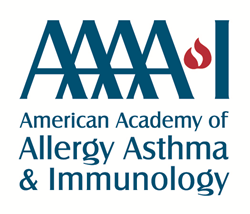
“We are another step closer to having the first FDA approved therapy for peanut allergy; this is truly a groundbreaking development. Patients and their families have been waiting for this for many years and will be eagerly awaiting the FDA’s final decision.” – David M. Lang, MD, FAAAAI
MILWAUKEE (PRWEB)
September 13, 2019
The Allergenic Products Advisory Committee of the Food and Drug Administration (FDA) met today and voted, based on the available safety and efficacy data, to recommend approval of a standardized oral immunotherapy (OIT) product for peanut allergy. The brand name is expected to be Palforzia, but it was previously referred to as AR101.
The FDA would require a Risk Evaluation and Mitigation Strategy (REMS) to be developed to help ensure the benefits of Palforzia outweigh the risks, and to put additional safeguards in place for patients. The REMS would be in addition to a “black box” warning, the FDA’s most stringent label, in the prescribing information.
While the FDA still needs to complete its review of the product and announce a final decision, the American Academy of Allergy, Asthma & Immunology (AAAAI) seeks to share important information about OIT to help patients and families understand the current state of this therapy.
“This is the first potential treatment for any type of food allergy to be recommended for FDA approval,” said AAAAI President David M. Lang, MD, FAAAAI, who is also Chair of the Allergy/Immunology Department in the Respiratory Institute at Cleveland Clinic. “After today’s meeting, we are another step closer to having the first FDA approved therapy for peanut allergy; this is truly a groundbreaking development. Patients and their families have been waiting for this for many years and will be eagerly awaiting the FDA’s final decision.”
As everyone awaits the FDA’s final decision, here are some factors peanut allergic patients and their families should be aware of when considering OIT:
How OIT Works
OIT refers to feeding an allergic individual an increasing amount of an allergen with the goal of increasing the threshold that triggers a reaction.
For example, Palforzia or AR101 is a capsule filled with peanut powder and can be mixed into food. By taking it, patients are exposed to controlled doses of peanut protein, with the dose gradually increasing over time. Ideally the higher doses will eventually induce a level of tolerance sufficient to prevent severe allergic reactions after accidental exposure to peanut.
A Treatment, Not a Cure
OIT is not a cure. It is likely that most allergic patients receiving OIT must remain on it indefinitely, and patients must continue to avoid dietary exposure to the allergen and continue carrying auto-injectable epinephrine.
Shared Decision Making between Patients, Families and Physicians is Crucial
OIT will not be right for every patient. It is not a “one size fits all” approach. How to predict which individuals will respond to OIT and which individuals will be at highest risk of side effects has not been clearly determined, and there are many other important questions about OIT that require ongoing study.
The AAAAI encourages patients and families to engage with an allergist/immunologist to discuss the risks, benefits, and alternatives of OIT and all other emerging treatments for food allergy. Ultimately, the choice of treatment, including that of active non-intervention, will be based on individual and family factors after careful discussion with one’s physician.
“Patients and their families will need to understand the realities of these new therapies. As physicians, we must invest the time to explain the potential for benefit compared with the potential for harm/burden, and permit patients and families to express their values and preferences, allowing them to participate in the medical decision making process to determine whether they desire to proceed with food oral immunotherapy,” said Dr. Lang.
Learn more about the current state of oral immunotherapy at the AAAAI’s website, aaaai.org.
The American Academy of Allergy, Asthma & Immunology (AAAAI) represents allergists, asthma specialists, clinical immunologists, allied health professionals and others with a special interest in the research and treatment of allergic and immunologic diseases. Established in 1943, the AAAAI has nearly 7,000 members in the United States, Canada and 72 other countries. The AAAAI’s Find an Allergist/Immunologist service is a trusted resource to help you find a specialist close to home.
###
Share article on social media or email:

